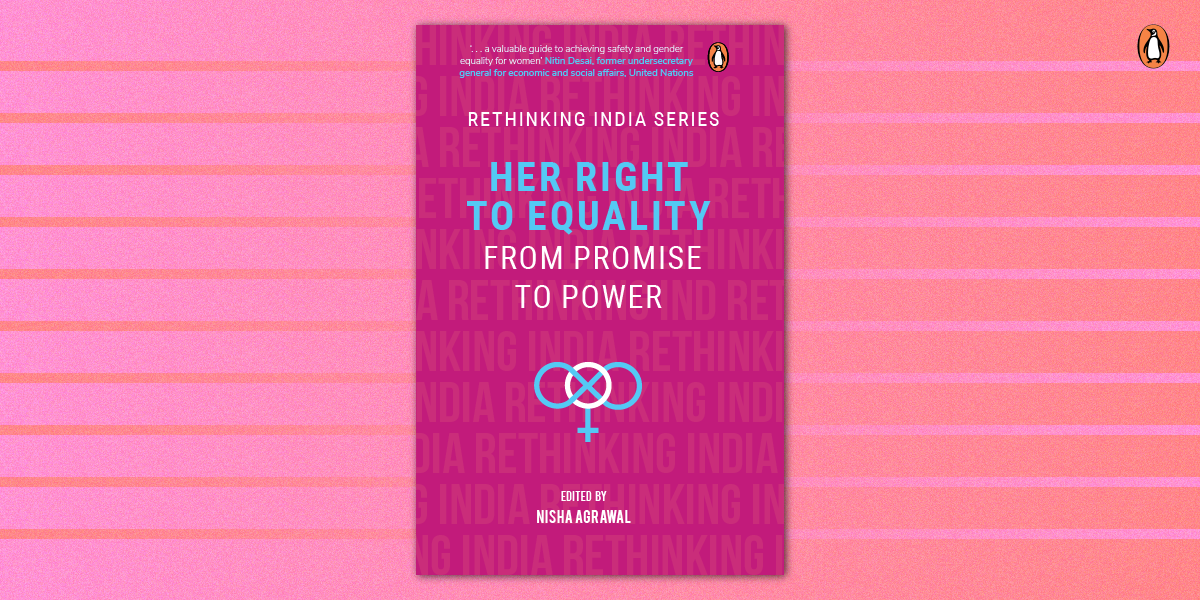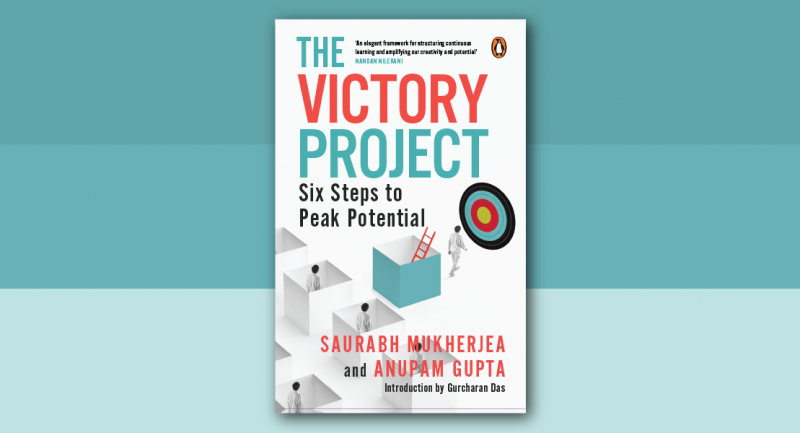
Promises of gender equality and justice have been made, repeatedly. They have failed repeatedly. The roots of misogyny form the foundations of our civil society, and the essays in Her Right to Equality raise crucial questions about the status of gender equality in our country. It scrutinizes institutions that are meant to safeguard the rights of women and minorities, and sheds light on the colossal amount of work that needs to be done. This is an excerpt from the volume:
A great deal of focus in this discussion is on the decline. However, an equally (if not more) important issue is the persistently low level of women’s LFPR in India, lower than our other South Asian neighbours, Bangladesh and Sri Lanka. In joint work with Naila Kabeer, we explore factors that shape the low level. Our results are based on a large primary household survey in seven districts in West Bengal. We collect data on all the indicators included in the official surveys, and on additional variables that are usually not included in surveys. Since we wanted to focus on which specific internal constraints inhibit women from working, we asked specific questions on whether they were primarily responsible for childcare, for elderly care, for standard domestic chores (cooking, washing clothes, etc.), and if they covered their heads/faces always, sometimes, or never. The latter is taken as a proxy for cultural conservatism; indeed, internationally, the fact of women covering their faces in public spaces is often criticized as an oppressive practice. Of course, the context in the West is different in that covering heads/faces is associated with being Muslim. In India, the practice is followed by both Hindus and Muslims, and in recognition of that, we label it more broadly as ‘veiling’, and not as wearing a burqa or hijab. We implemented simple changes to the official survey questionnaires in order to get better estimates of women’s work that lie in the grey zone. Accordingly, our estimates are higher than official estimates, but even with improved measurement, a little over half (52 per cent) get counted as ‘working’. Which means that participation in work is low, even after work in the grey zone is included.
The Critical Role of Domestic Chores

We then investigated the main constraints to women’s ability to work. Our main findings were that women being primarily responsible for routine domestic tasks such as cooking, cleaning and household maintenance, over and above the standard explanations in the literature (age, location, education, marriage and so on) as well as elderly care responsibilities, lowers their probability of working. If domestic chores emerge as an important determinant of women’s labour force participation, after controlling for the standard explanatory factors, the question that arises is this: to what extent do the low LFPRs found in India in particular, but in South Asia and MENA (Middle East and North Africa) countries more broadly, reflect international differences in women’s involvement in housework? There is some indicative evidence that indeed, in these regions, women spend more time on unpaid care work, broadly defined (including care of persons, housework or other voluntary care work), relative to a range of other developing and developed countries in the world. According to OECD (Organisation for Economic Cooperation and Development) data, in 2014, the female-to-male ratio of time devoted to unpaid care work was 10.25 and 9.83 in Pakistan and India respectively—the two countries with the lowest female LFPRs within South Asia—compared to 1.85 in the UK and 1.61 in the US. Factors traditionally viewed as cultural norms that constrain women’s participation in paid work, such as the practice of veiling or adherence to Islam, are insignificant in our analysis after the conventional variables have been accounted for. Given that the primary responsibility of domestic chores falls on the woman, we suggest that the conventional definition of cultural norms needs to be revised and shifted to focus on the real culprit, viz., the cultural norm that places the burden of domestic chores almost exclusively on women.
Is There an Unmet Demand for Work?
Do women really want to participate in paid work, or have they either internalized the male breadwinner model which relegates them to take care of the home and the family? What about the ‘income effect’, according to which women work only if necessary for economic reasons, and withdraw from work as soon as they don’t need to? What about the marriage penalty, that is, women dropping out of the labour force once they are married? Thus, women’s work might be a sign of economic compulsions of trying make two ends meet rather than an expression of their desire for economic independence. We explore the evidence for this in our survey. Married women are less likely to be working than unmarried women, but marriage in India is near universal (making marriage the most common career choice for women), and asking women to choose either marriage or paid work is not a fair or realistic choice. We asked women who were currently not working if they would accept paid work if it was made available at or near their homes; 73.5 per cent said ‘yes’. When questioned further, 18.7 per cent expressed a preference for regular full-time work, 7.8 per cent for regular part-time work; 67.8 per cent for occasional full-time work and 5.78 per cent for occasional parttime work. It would appear that there was indeed a major unmet demand for paid work, whether regular or occasional, full-time or part-time, as long as the work in question was compatible with their domestic responsibilities. Based on this, we suggest that being out of the labour force is less a matter of choice for large numbers of women, and more a reflection of the demands of unpaid domestic responsibilities.
~
Her Right to Equality is an urgent and meticulous study of how far we have come in terms of gender justice, and how far we need to go.









